Intercostal Retractions In Respiratory Distress Syndrome Are Visible:
Intercostal retractions in respiratory distress syndrome are visible:. Piratory pattern in association with intercostal recession and sternal retraction which if not immediately obvious. Intercostal retractions in respiratory distress syndrome are visible. Tachypnea 60 breathsmin nasal flaring subcostal and intercostal retractions cyanosis expiratory grunting.
O 2 saturations less than 90 in room air Any O 2. Sepsis pulmonary pathology cardiac disease metabolic disorders polycythemia cold stress and others can all cause retractions -- it is a sign of a newborn in distress. Clinical Manifestations Appear within minutes of birth may not be recognized for several hours in larger preterm Tachypnea 60 breathsmin nasal flaring subcostal and intercostal retractions cyanosis expiratory grunting Breath sounds may be normal or diminished and fine rales may be heard Progressive worsening of cyanosis dyspnea.
Intercostal retractions are due to reduced air pressure inside your chest. Air filled bronchi are made visible by the opacification of surrounding alveoli. Oxygenation is only of limited utility in judging severity in many paediatric respiratory conditions.
A alveoli B bronchioles C lobes D sections. Because of the definition of the combining formwe know that the intercostal muscles are. Idiopathic respiratory distress syndrome congenital malformation of the thorax.
Progressive worsening of cyanosis dyspnea. The classic findings of cyanosis grunting nasal flaring intercostal and subcostal retractions and tachypnea are present. RESPIRATORY DISTRESS SYNDROME Respiratory Distress Syndrome RDS formerly known as hyaline membrane disease is a life threatening lung disorder that results from underdeveloped and small alveoli and insufficient level of pulmonary surfactant that leads to atelectasis.
Is visible throughout its length and there is increased translucency. In the last three. Intercostal retractions Bilateral crackles Respiratory fatigue.
This can happen if the upper airway trachea or small airways of the lungs bronchioles become partially blocked. And air bronchograms are also visible depending on disease stage7.
Is visible throughout its length and there is increased translucency.
Each lung contains _____large divisions whose dividing lines are visible on the surface of the lung. Each lung contains _____large divisions whose dividing lines are visible on the surface of the lung. Intercostal retractions are due to reduced air pressure inside your chest. And air bronchograms are also visible depending on disease stage7. Respiratory Distress Syndrome RDS INTRODUCTION. RESPIRATORY DISTRESS SYNDROME Respiratory Distress Syndrome RDS formerly known as hyaline membrane disease is a life threatening lung disorder that results from underdeveloped and small alveoli and insufficient level of pulmonary surfactant that leads to atelectasis. Air filled bronchi are made visible by the opacification of surrounding alveoli. Neonatal respiratory distress syndrome NRDS is a breathing disorder arising at or shortly after birth. Intercostal retractions Bilateral crackles Respiratory fatigue.
Between the ribs Intercostal retractions in respiratory distress syndrome are visible. Clinical Manifestations Appear within minutes of birth may not be recognized for several hours in larger preterm. Between the ribs Intercostal retractions in respiratory distress syndrome are visible. The clinical diagnosis is made in preterm infants with respiratory difficulty that includes tachypnea retractions grunting respirations nasal flaring and need for FIO2. Breath sounds may be normal or diminished and fine rales may be heard. Severity of retractions grunting and nasal flaring which are signs of labored respirations Retractions inward pulling of soft parts of the chest cagesuprasternal substernal intercostal subcostalat inspiration Flaring nares inspiratory dilation of nostrils Expiratory grunt Valsalva maneuver in which the infant exhales against a. Idiopathic respiratory distress syndrome congenital malformation of the thorax.
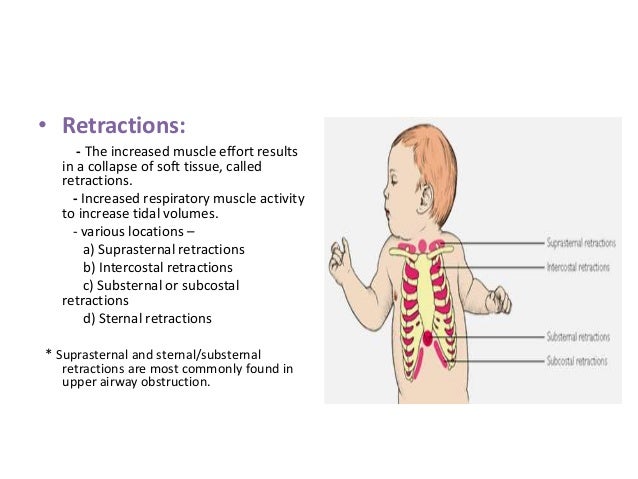
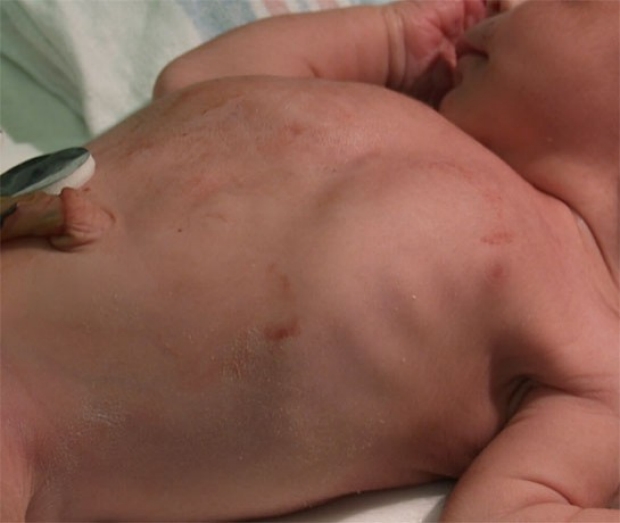
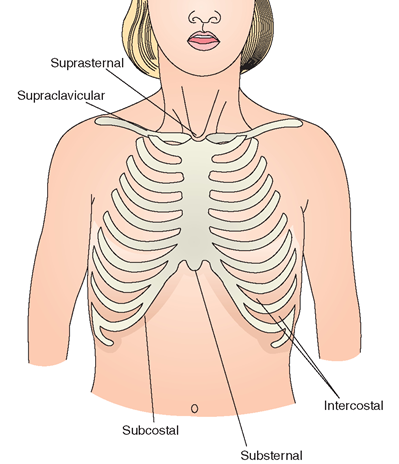
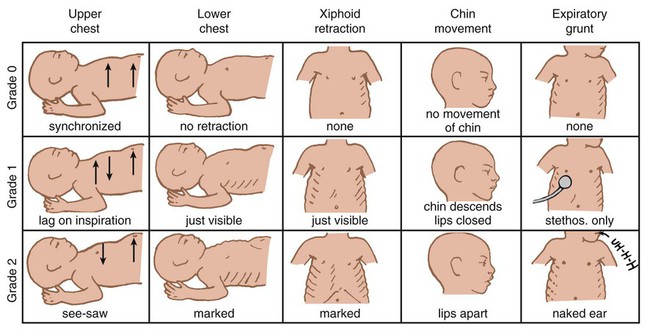


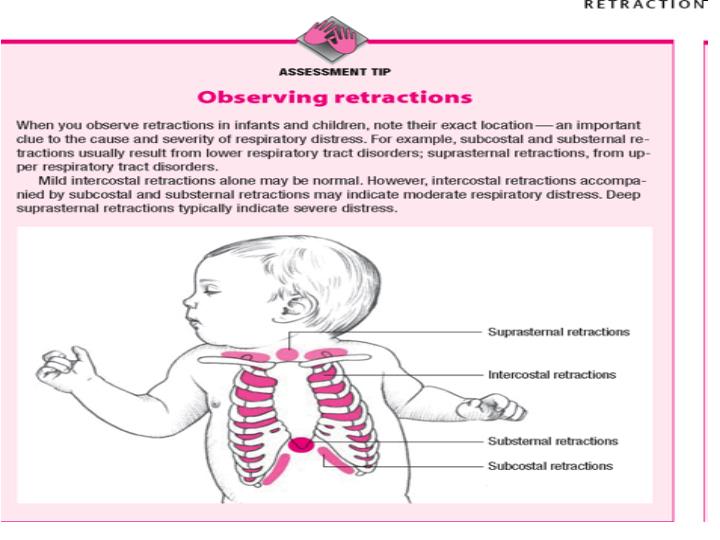
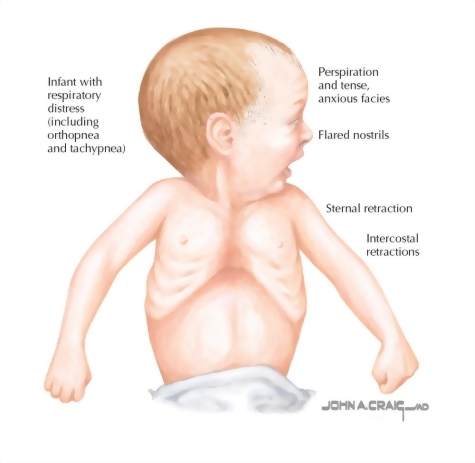
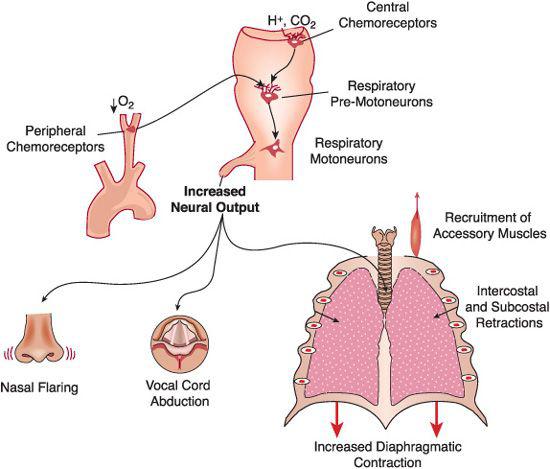
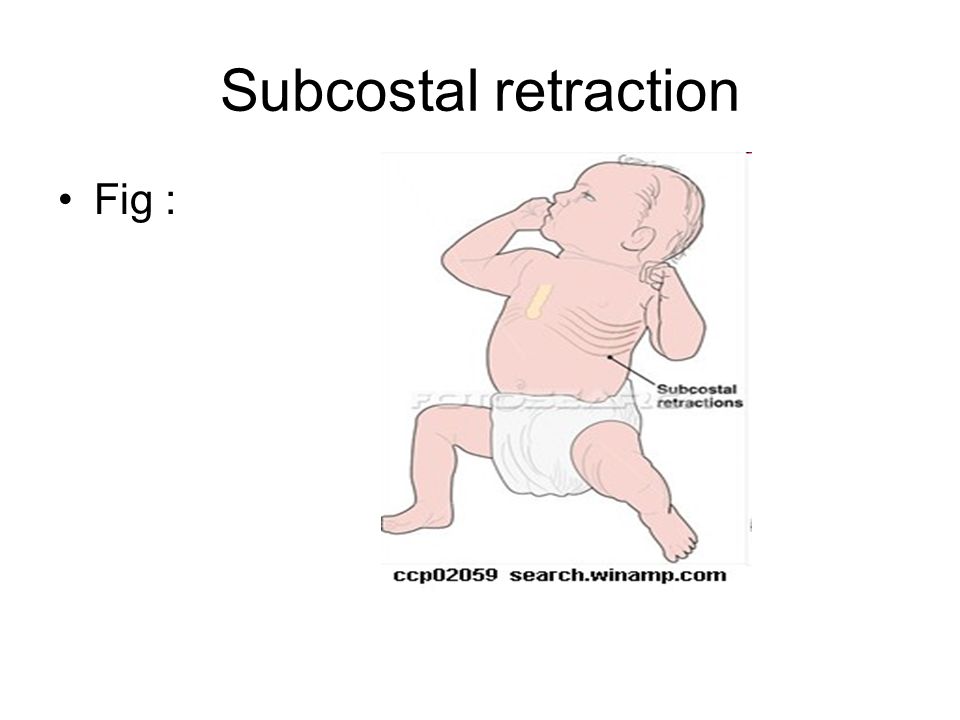








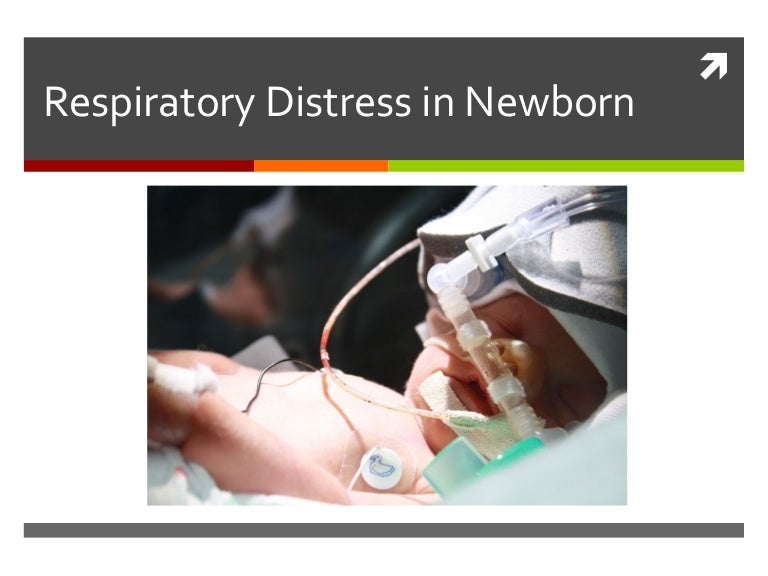

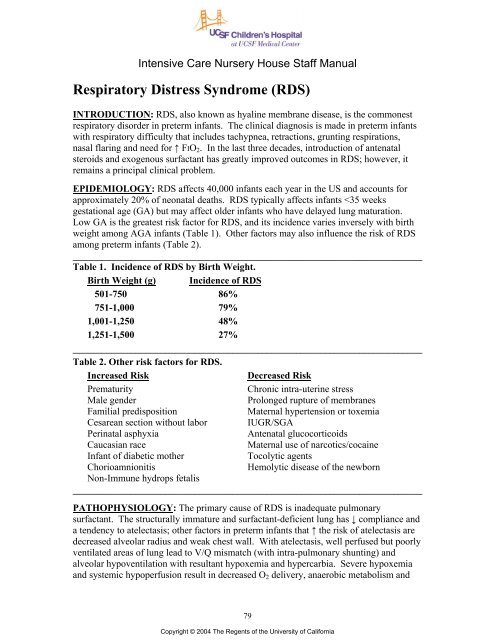
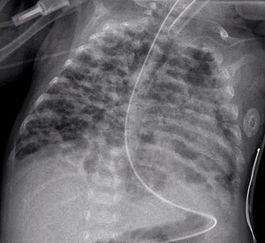





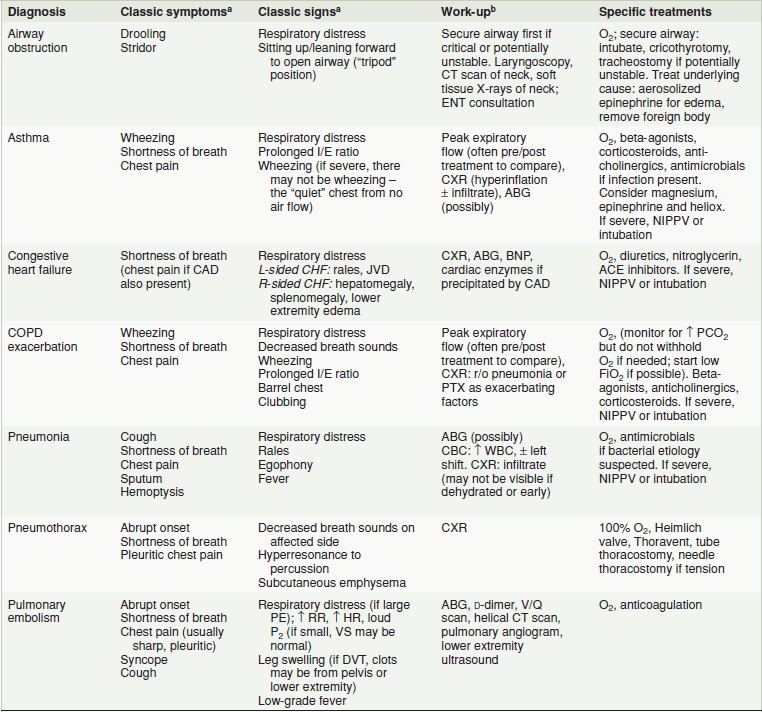

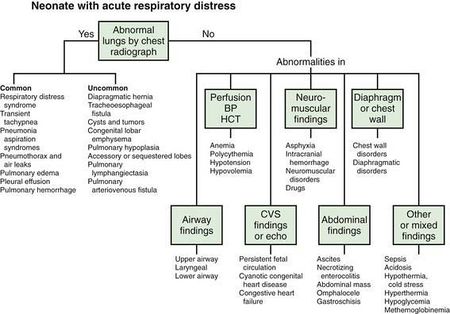



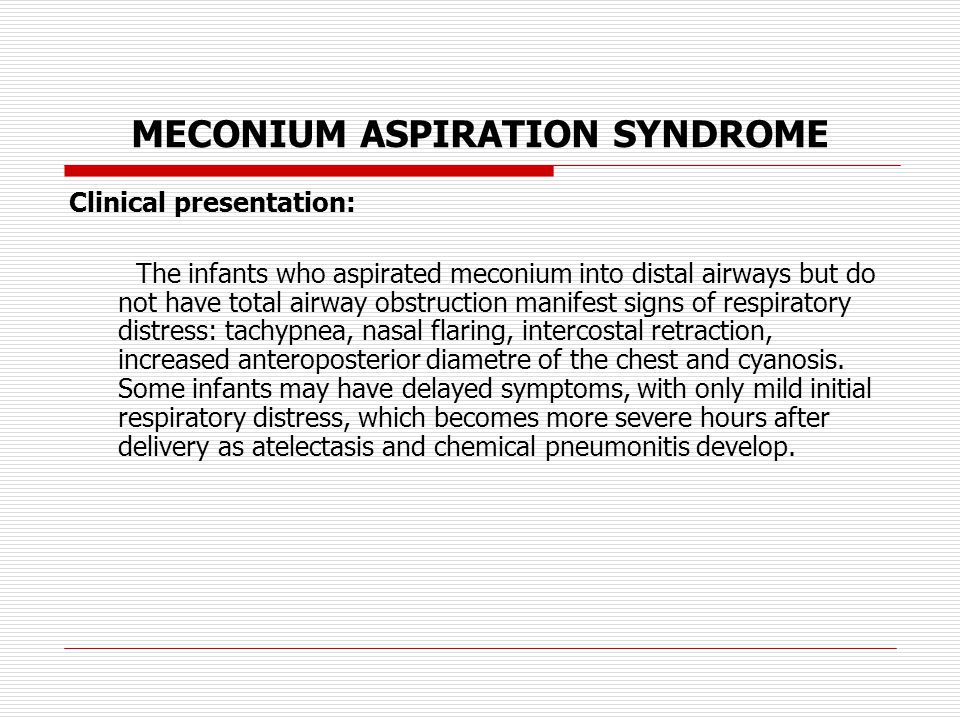

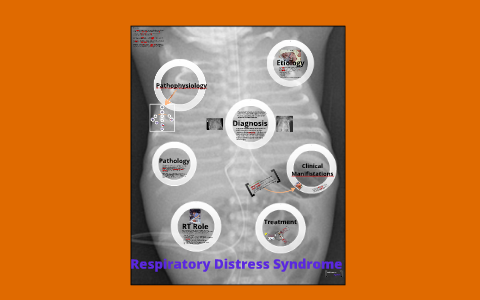

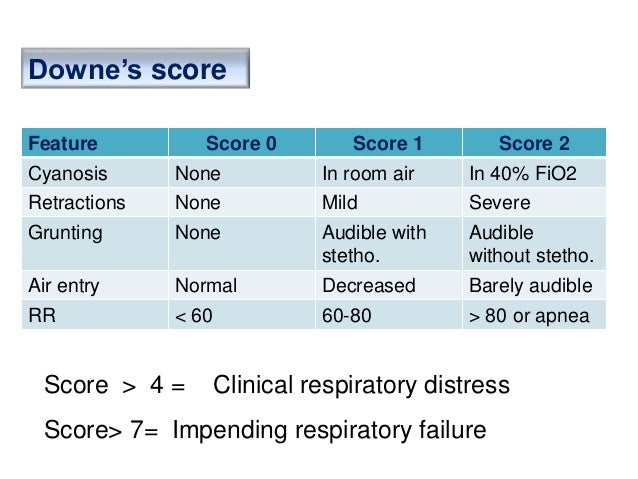
Post a Comment for "Intercostal Retractions In Respiratory Distress Syndrome Are Visible:"